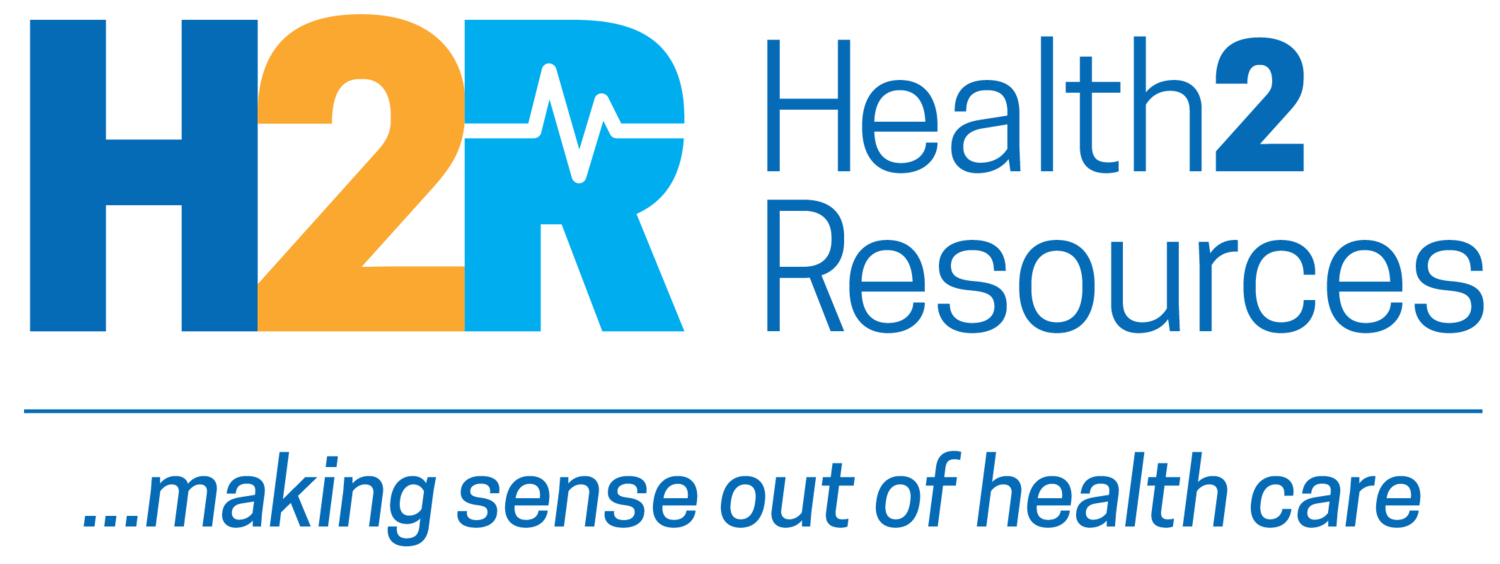May 2, 2019 | Pharmacy clinics expand to fill a void
Industry News
CMS Administrator Seema Verma told the National Association of ACOs conference last week to expect changes. “Looking forward, you can expect that some of the models we have under development will be mandatory.” One reason: “Requiring participation also helps us understand the impact of our models on a variety of provider types, so the data resulting from the model will be more broadly representative.” (FierceHealthcare; speech)
In NY, PCMH grows dramatically, but unevenly
The number of primary care providers in New York State adopting the patient-centered medical home model rose by more than 35 percent between May 2017 and May 2018, according to a United Hospital Fund report. The number of clinicians working in PCMH practices has increased at an average rate of roughly 15 percent a year since 2011. However, PCMH growth has been uneven across the state; for instance, it’s notably slower in New York City. Moreover, other than Medicaid funding, payer support has not been strong. (Benefits Pro; UHF announcement)
Innovation & Transformation
Old toy, new tricks: teaching children Braille
Children are learning Braille in a new way: LEGO Braille Bricks. “Given the naturally Braille-like structure of LEGO blocks, it’s surprising this wasn’t done decades ago,” Tech Crunch notes. The company expects to launch the sets in 2020, and will provide them, at no cost, to institutions serving vision-impaired students. (Tech Crunch)
Technology is stepping in to address the challenge of medication compliance. The idea gained traction when, in 2017, the FDA approved Abilify MyCite—essentially, 16-year-old medication for schizophrenia with a microchip added. Rhonda Thissen, executive director of the Virginia chapter of the National Alliance on Mental Illness, appreciates the goal of keeping patients on their meds, but warns of the “Big Brother factor in all of this.” Few are actually using Abilify MyCite; doctors and insurers say real-world limitations and cost outweigh the benefits. (Washington Post)
Consumers & Providers
Pharmacy clinics expand to fill a void
Are pharmacies replacing the family doctor and dentist? Not quite, but their role continues to expand. Pharmacists, nurse practitioners and technicians help with everything from acne treatment to teeth straightening to HIV testing and treatment. “The nice thing about a pharmacy is we have extended hours in the evenings and weekends,” Jamie Vroman, of Meijer, tells the Detroit Free Press. “We are trying to fill a void to help … patients.” (Detroit Free Press)
Columnist blasts inconsistent, non-transparent pricing
Christine Jaschinski's husband needed a few stitches in 2016. They went to a facility that included both urgent care and a freestanding ER in same building. They opted for the ER, and the total bill to insurance was more than $4,000. The cash price at urgent care would have been about $200. This caught the attention of Houston Chronicle business columnist Chris Tomlinson. “Price transparency and real choice are the only ways we can bring down costs and boost quality, and that is why the industry fights so hard to deny us both.” (Houston Chronicle)
New & Noted
Shortage grows: A new report from the Association of American Medical Colleges predicts a shortage of 46,900 to 121,900 physicians by 2032, in both primary and specialty care. In primary care alone, the predicted shortage ranges from 21,100 to 55,200. (Medscape; report)
Surprise bills unite the country: Three-quarters of the public—a majority of both parties—want the federal government to protect patients from surprise bills—bills they receive after they unknowingly visit out-of-network providers or facilities—according to a new Kaiser Family Foundation survey. (Kaiser Health News; survey)
Evidence-based sitcom—not: Antivaxxers are rallying around a 50-year-old episode of “The Brady Bunch” in which all six kids came down with measles—and enjoyed every minute. Some point to it as evidence that measles isn’t that bad. Marcia—Maureen McCormick—is not pleased. (NPR)
Multi-media
Mathematica brains consider the “frequent flyers”
Mathematica’s podcast, On the Evidence, addresses a pressing question: “What do we do about the small share of patients who represent a much larger share of overall health care use and costs?” (Mathematica)
MarketVoices...quotes worth reading
“In the crazy, mixed-up game we call the health care system, no one can tell you the true cost or value of anything, and no one wants you to know. Doctors, hospitals, drug companies and device manufacturers throw out crazy-high prices expecting insurers and governments to beat them down so low that they barely make a profit.”—Houston Chronicle business columnist Chris Tomlinson
